Follow the Polka Dots to Yayoi Kusama’s Infinity Rooms That Are Breaking Museum Records
“Polka dots are a way to infinity,” says Japan’s most successful artist, now at the Hirshhorn
Blocks from where the Smithsonian's Hirshhorn Museum and Sculpture Garden is holding its most popular exhibition, it’s possible to start connecting the dots.
On the plaza at the L'Enfant Metro stop. On the Jersey barriers along 7th Street on the way to Washington, D.C.'s contemporary art museum. And finally on the plaza of the distinctive round building on the National Mall—itself a big circle. There are dots affixed to its windows, and especially on the eight-foot pumpkin in the plaza outdoors, the first piece to be seen in the anticipated retrospective of Japan’s most-successful living artist, Yayoi Kusama, who once wrote, "polka dots are a way to infinity."
And so it is in “Yayoi Kusama: Infinity Mirrors,” where there is, indeed, no shortage of dots from the colorful splash of the participatory Obliteration Room to the circus-like installation, Dots Obsession—Love Transformed into Dots, with dotted, inflatable pink balloons, one so big one can enter it, another with a peep hole to glimpse the seemingly endless expanse of lights of an unknown city.
And tellingly, monochromatic dots comprise the earliest work of the show that covers 65 years of the artist's accomplished career. The 1952 Infinity is an ink-on-paper work populated with the dots that would define her work.
But it is the “Infinity” of that title that is beckoning the crowds to line up at the Hirshhorn in a way they never have in its 43-year history. To experience the Infinity Mirror Rooms—if only for 20 seconds of the allotted time on the weekend—has become Washington's artsy must-do, promising transcendence or at least a killer Instagram in the short duration visitors are allowed inside.
Individually such rooms have triggered hours-long lines at galleries and museums in New York and Los Angeles. The Hirshhorn is the first museum exhibition to gather six of them at once, making the Kusama survey one of the biggest happenings in a world capital full of attractions, and certainly its biggest art show.
“I don’t ever think we’ve had a show that we anticipated so many visitors,” says Melissa Chiu, director of the museum, which has been planning the exhibition with the artist for two years.
“This exhibition really places Yayoi Kusama on the map as someone who creates these immersive environments,” says exhibition curator Mika Yoshitake. “I think up until now, she’s more well known for creating these dots and pattern motifs.”
Week by week, some 14,000 free timed admission passes are made available; the first two weeks, they were gone in a few hours; the weekend passes in a matter of minutes. Hundreds of same-day passes are made available at the museum each day at 10 a.m.; they have so far disappeared in hours as well. Closing time for the first Sunday of the exhibition had to be stretched two hours to let everyone in.
And timed ticket or not, there are waits in roped-off lines before every one of the mirror rooms, as if they were the hottest attractions at the art theme park.
To corral all the art fans, the museum has recruited more than 120 new volunteers and visitor attendants, triple the current number, to welcome and guide. The most important job for them, though, is to keep time. Because of the crush of viewers, admission to each mirrored room is limited to 30 seconds (even less on weekends).
Immersed in what seems to be miles-long stretches of twinkled lights into every vantage point, visitors may well lose track of time in the magical rooms. But the attendants do not. Standing sentinel, timers in hand, just as they quickly usher you in for your time alone in the art, before long they are opening the door and showing you the way out.
First weekend visitors found that even timed admission tickets meant waiting more than an hour outdoors to get into the building and another half hour or so in the lines to get into the individual Infinity Mirror Rooms inside the museum.
As vast as the Infinity Rooms may seem on the inside, they’re surprisingly small from the outside: compact white boxes no bigger than a small bedroom, as one distracted Instagrammer discovered after losing his stability, causing "minor damage" and the room to be closed temporarily.
Shipped from Japan and reassembled, their exteriors are of the same neutral white color as portable restrooms, and the lines outside them heighten the comparisons. Next!
What brings the throngs to wait for their cherished moment inside them may not be any transcendence that comes from quietly stepping into the short-lived suspension. Rather, it is to be before the wall-to-wall-to-ceiling mirrors that endlessly reflect every image. In the age of Instagram, one is awash in a sea of selfies, as one’s figure repeats and repeats and repeats into the manufactured horizon.
As Kusama, 87, states in an accompanying video for the exhibition, the “Infinity Mirror Room gives you a clear view of who you are at any moment.”
The show also includes more than 60 paintings, sculptures and works on paper, many of which were never previously shown outside of Japan.
The Hirshhorn survey will travel to five other North American stops over the next two years—but it’s already been dutifully sent to hundreds of thousands of social media accounts just in its first week.
“As more and more people see her work, more people post and it becomes part of our collective consciousness,” says Yoshitake.
Even so, she adds, “You can’t quite capture the physical experience that you receive inside. I encourage people to actually come.”
Kusama’s stated aim in these hugely popular mirrored rooms may be to obliterate one’s self. Besides the Obliteration Room, there is a 2009 mirror room called Aftermath of Obliteration of Eternity.
But the mirrored repetition more often seems to multiply the self—not obliterate it.
That’s why an inventive virtual reality application at the Hirshhorn—available only to those with mobility restrictions that prevent them from getting into the rooms—may be one of the best interpretations of her work. There one can see the endless lights of work like the 2013 Souls of Millions of Light Years Away without any pesky reflection of the self.
“This is the first time that we’ve done anything like this in the museum,” says Andrew Doucette, the museum’s time-based media specialist, who was demonstrating the virtual reality headsets. “This is the first time that we have found that VR is being used specifically for accessibility issues. So this is our best recreation of what’s happening and what you’ll see inside the rooms.”
Even without the rooms, the exhibition would be worthwhile viewing, from the rarely seen collages, and patterned net paintings to the array of soft sculptures, such as the 1994 Purple Obsession, a boat that is like, a chair and shoes elsewhere in the show, covered with yam-like protruberances.
In one sense, the exhibition is a return of Kusama to Washington. One of the first galleries to feature her work in 1960 was the Gres Gallery run by Beatrice Perry. Archival material from that era is also part of the exhibit.
Her shows there came just two years after Kusama came to the U.S. in 1958 with the intent to become an artist. She eventually fell in with artists including Warhol, Oldenberg, Judd and Stella in New York and staged happenings and performance pieces that coincided with polka dots and with the tuber-like fields of phalli that filled one of her first mirrored rooms, reproduced here with Infinity Mirror Room—Phallli’s Field (1965-2016).
Another early work reproduced for the show, in which viewers peer into a box of flashing lights reflecting to vanishing points, Infinity Mirror Room—Love Forever (1966/1994) comes with a warning: “Please be mindful of your personal belongings as you peer into the peep hole.”
Returning to Japan in 1973, Kusama became somewhat forgotten in the art world. “She went through a very dark period. She experienced the death of both her father and one of her closest friends,” Yoshitake says. It was the artist Joseph Cornell, with whom she had a close, platonic relationship.
A darkness crept into her titles if not her palette. For Dots Obsession—Love Transformed, she appears singing one of her poems, “Manhattan Suicide Addict.” The flickering candle-like LED lights in Aftermath of Obliteration Eternity evoke the memorial lanterns to World War II.
A more recent painting from a prolific My Eternal Soul series is titled I Who Have Taken an Anti-Depressant. Says Yoshitake, “Even though this looks bright, colorful and funhouse-like, there’s always a dark side to Kusama’s work.”
She’s been living in a mental hospital not far from her studio by choice for decades.
Yet there is no getting away from the brightness and color of her approach, especially to one recurring subject, the pumpkin. Like the large one in the Hirshhorn plaza, hundreds seem to populate the final and most recent Infinity Mirror Room, All the Eternal Love I Have for the Pumpkins.
It’s the first to use black glass as a reflective surface, “so you have a very pristine reflection,” Yoshitake says. “It resonates very much with these colorful paintings and sculptures” nearby.
For her part, the artist, in her Raggedy Ann red wig and polka dot dress, says in her introductory video, “pumpkins are humorous objects that also fill people with warm intentions.”
“Yayoi Kusama: Infinity Rooms” continues at the Hirshhorn Museum and Sculpture Garden in Washington, D.C., through May 14. Free timed passes are released online Mondays at noon for the following week. A limited number of walk-up timed passes for same day visits are also available each day at 10 a.m.; lines form starting at 9:30 a.m.
The exhibition travels to the Seattle Art Museum June 30-Sept. 10, 2017; the Broad in Los Angeles Oct. 21, 2017 - Jan. 1, 2018; the Art Gallery of Ontario March 3-May 27, 2018; the Cleveland Museum of Art July 9-Sept. 30, 2018; and the High Museum of Art in Atlanta Nov. 18, 2018-Feb. 17, 2019.
/https://tf-cmsv2-smithsonianmag-media.s3.amazonaws.com/accounts/headshot/RogerCatlin_thumbnail.png)
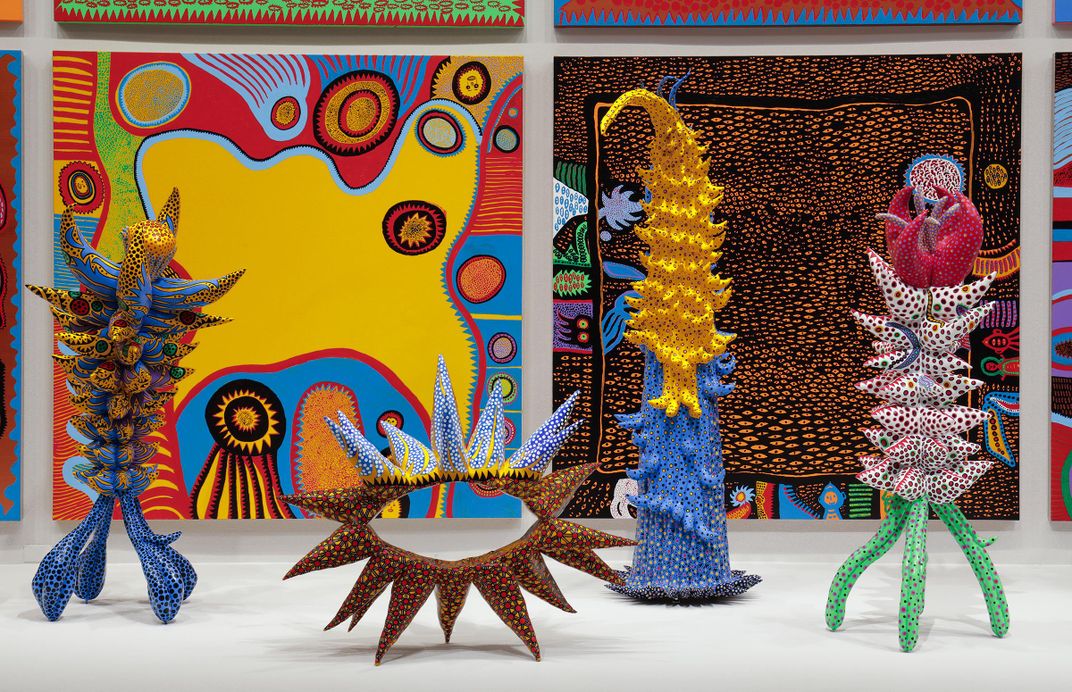
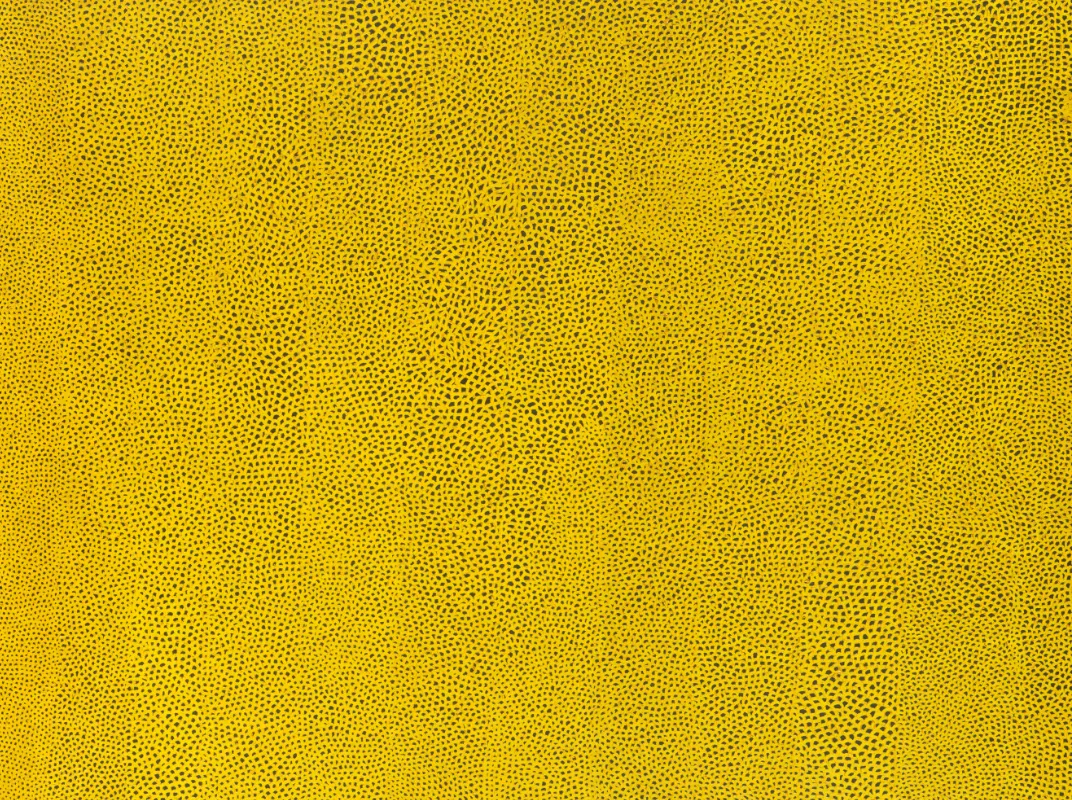
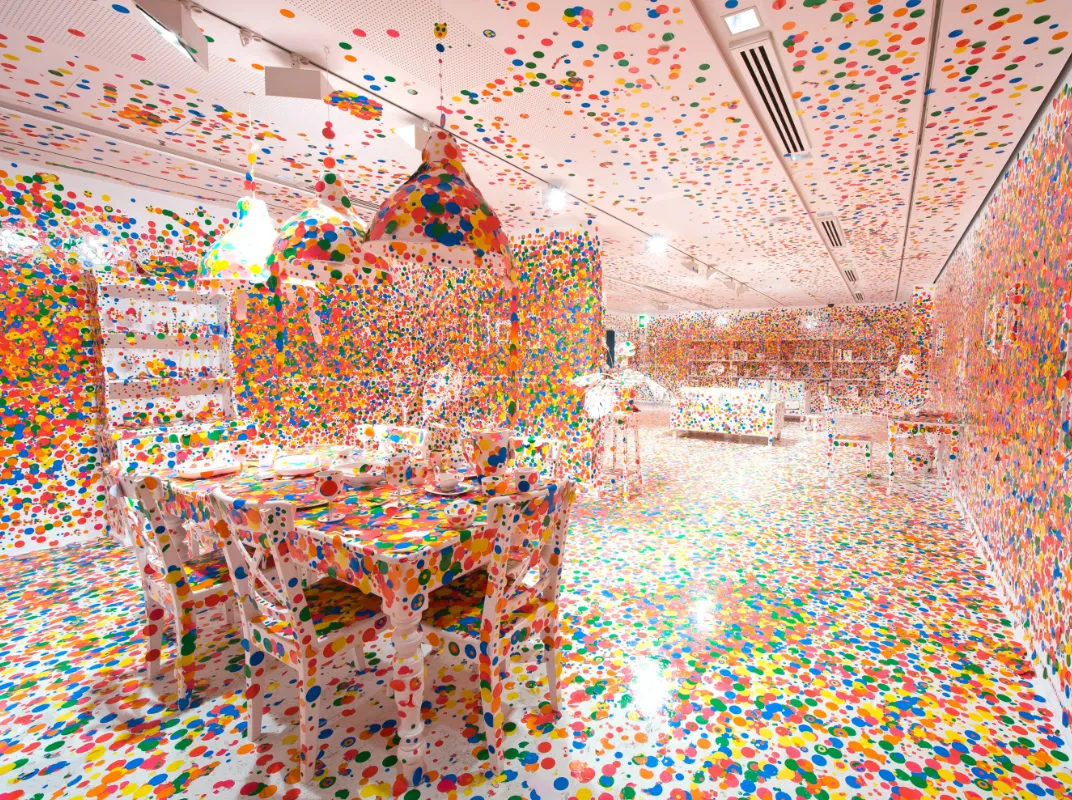
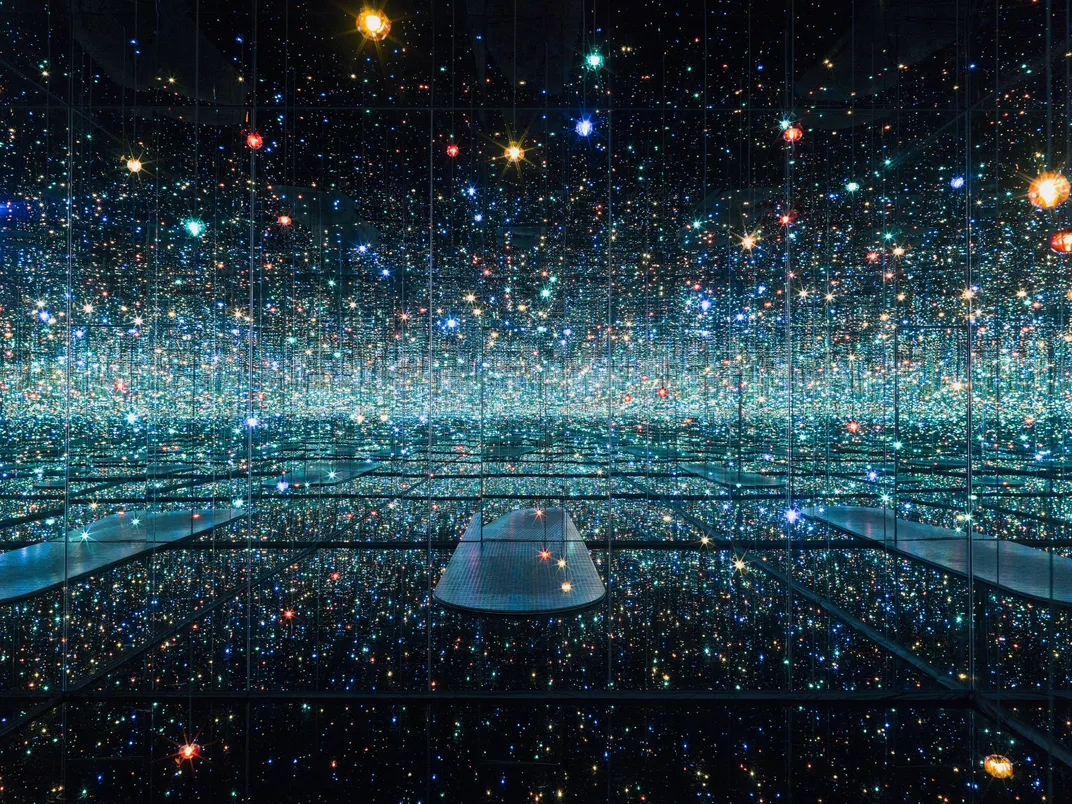
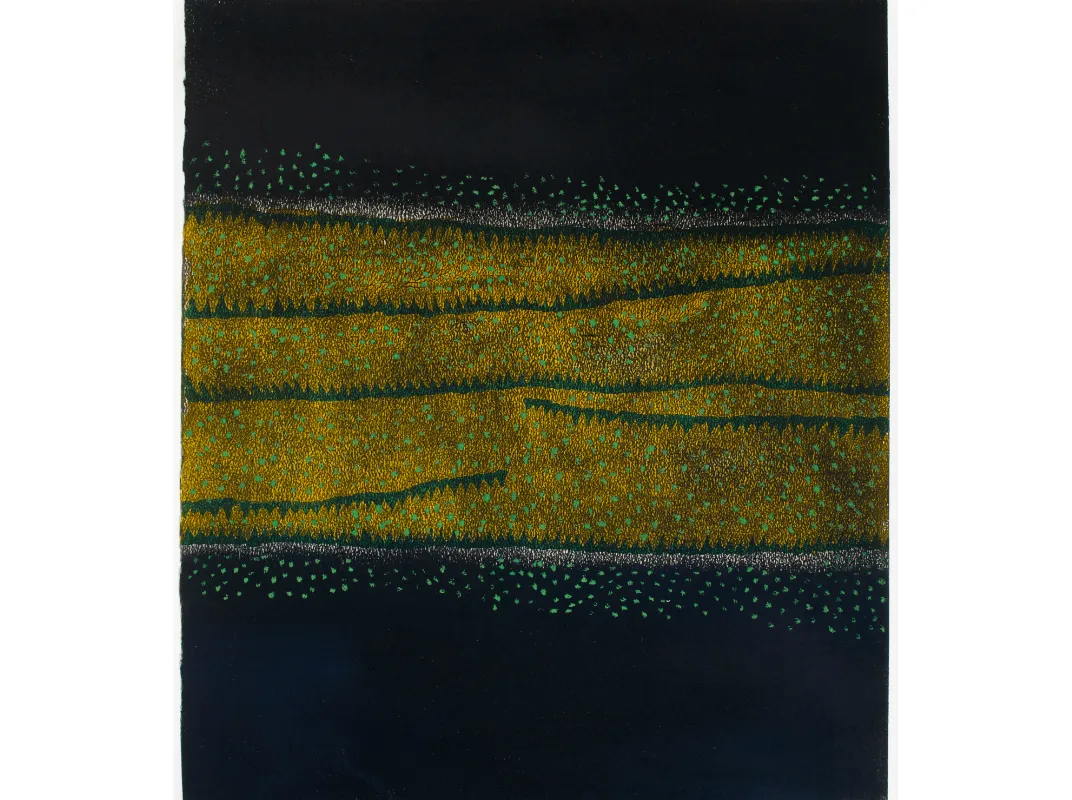
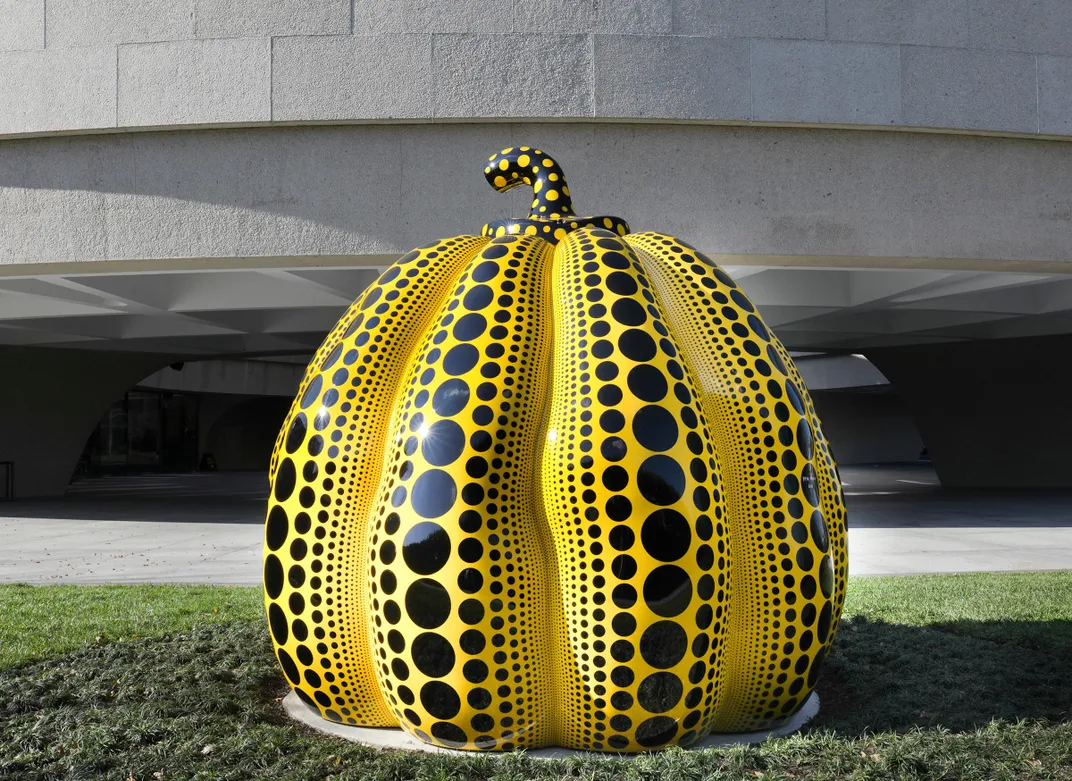
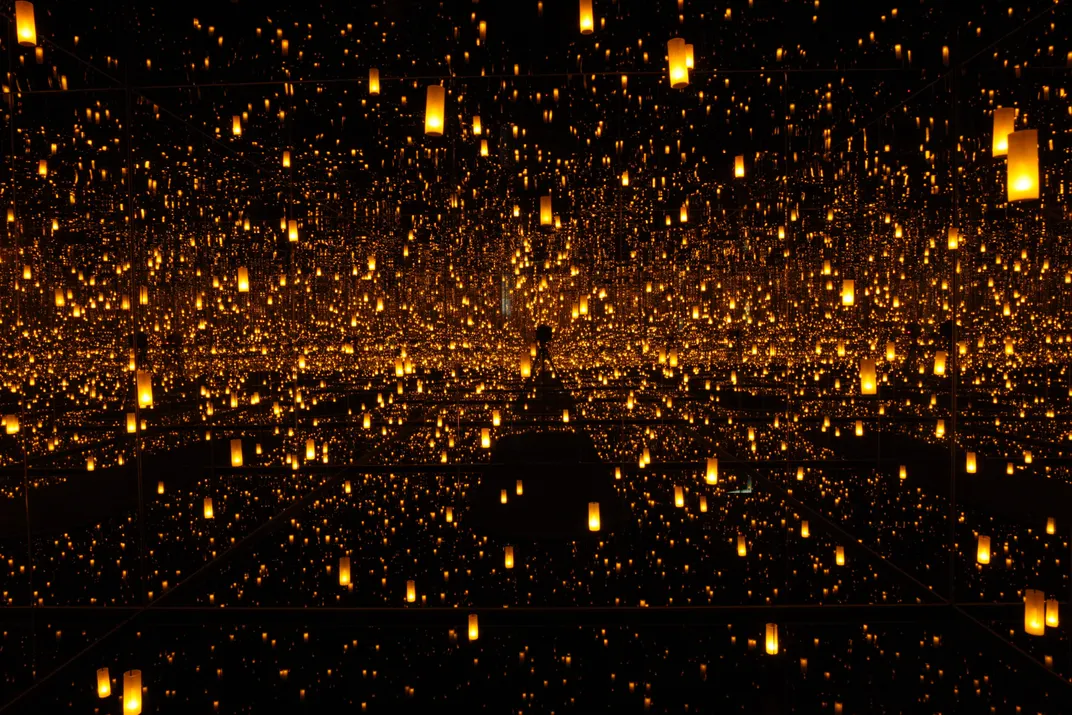
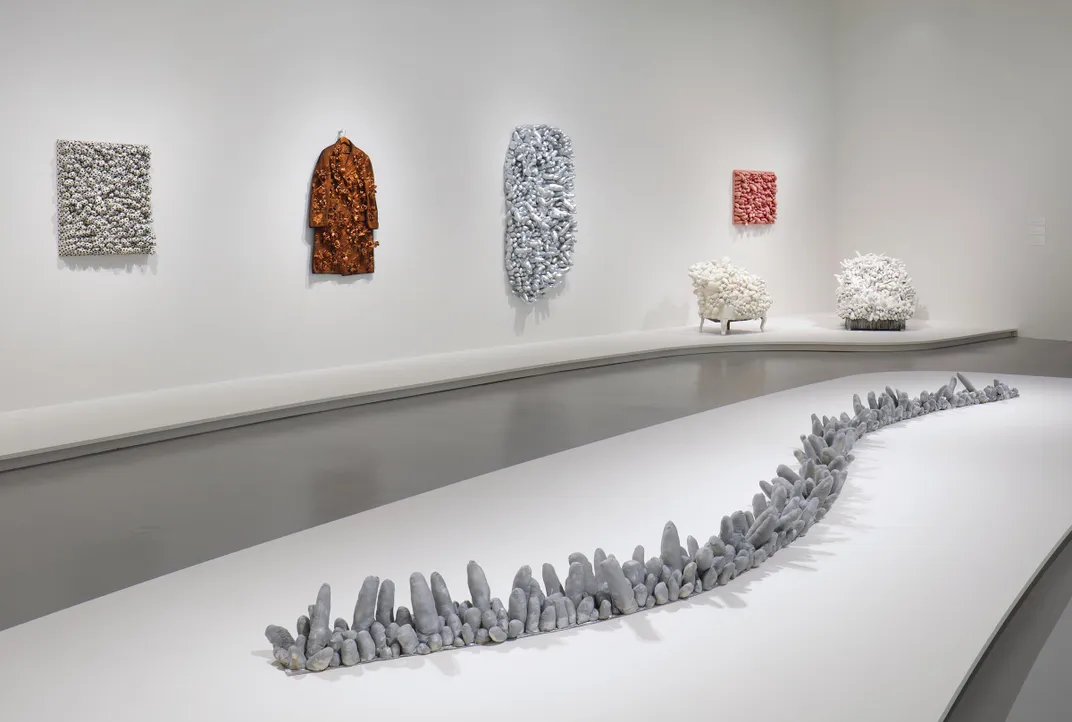
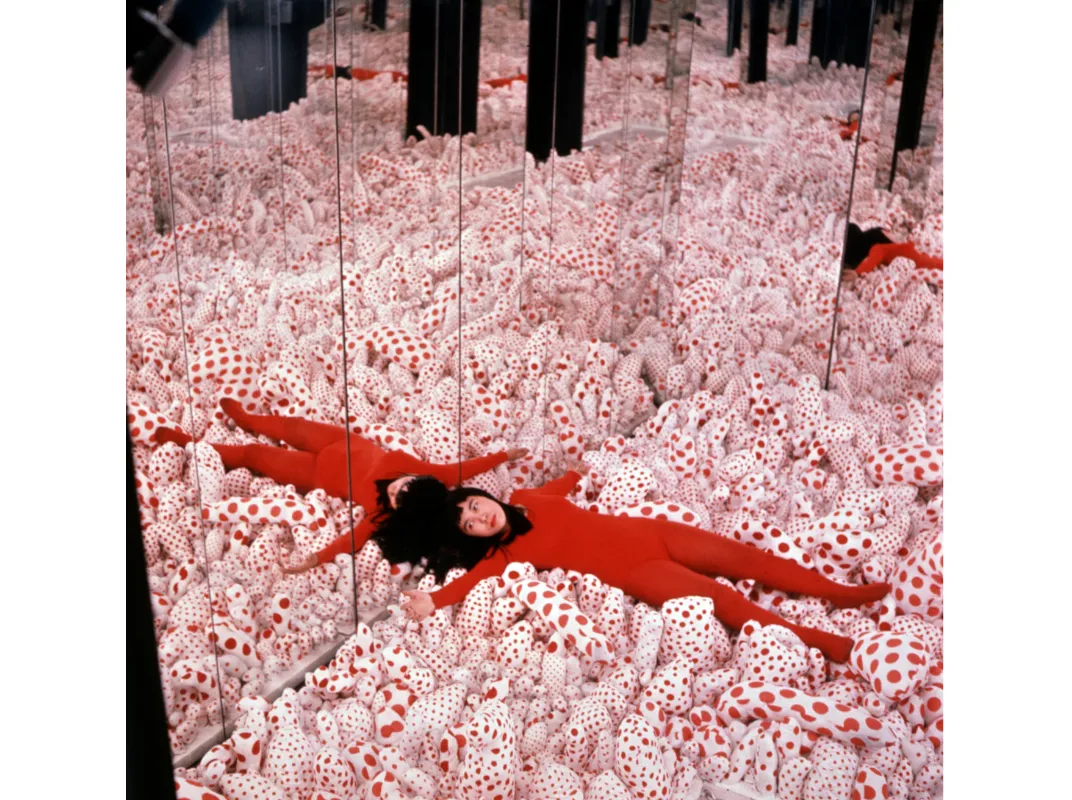
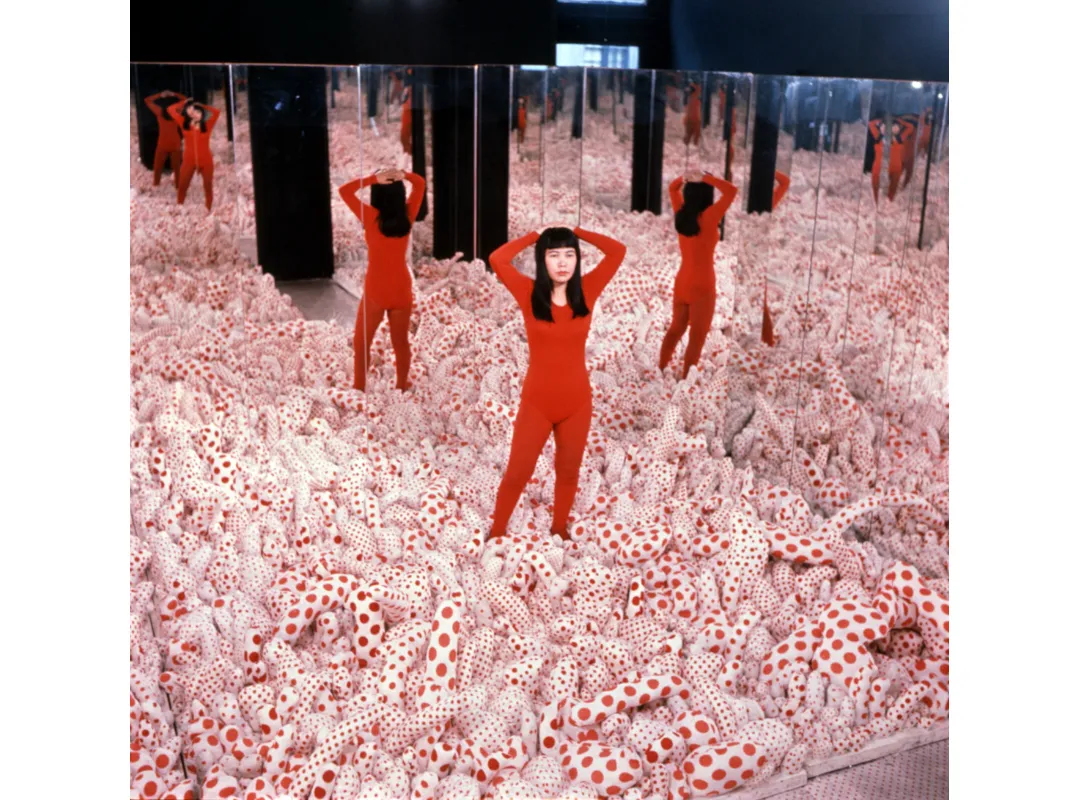
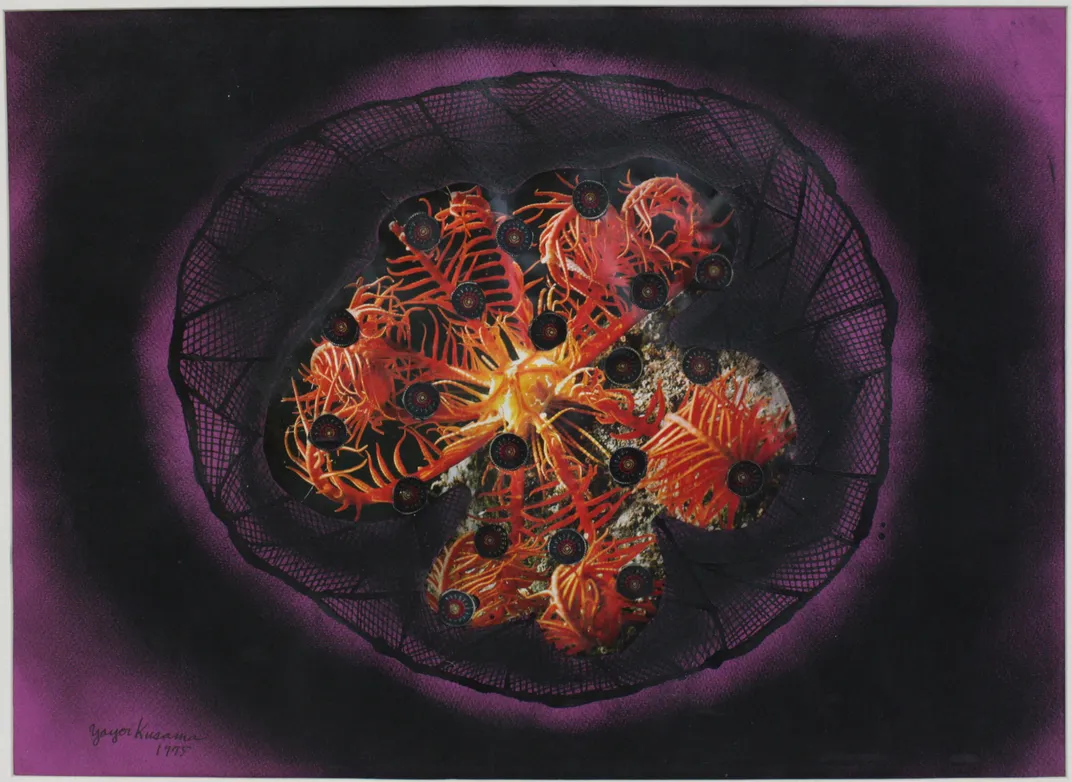
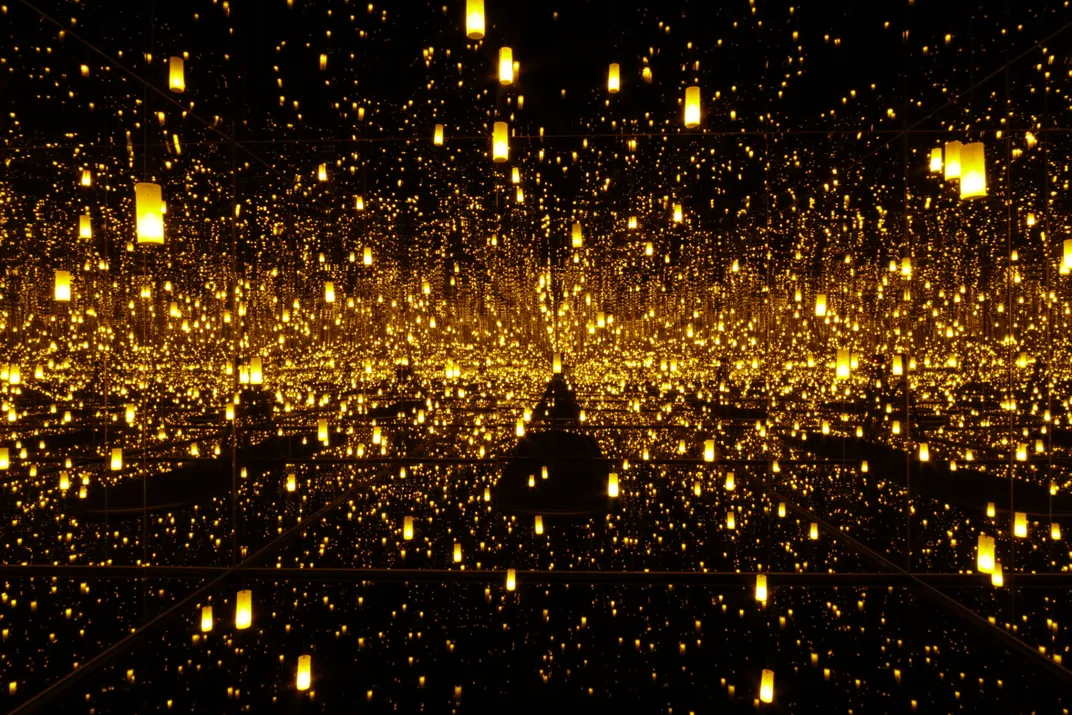
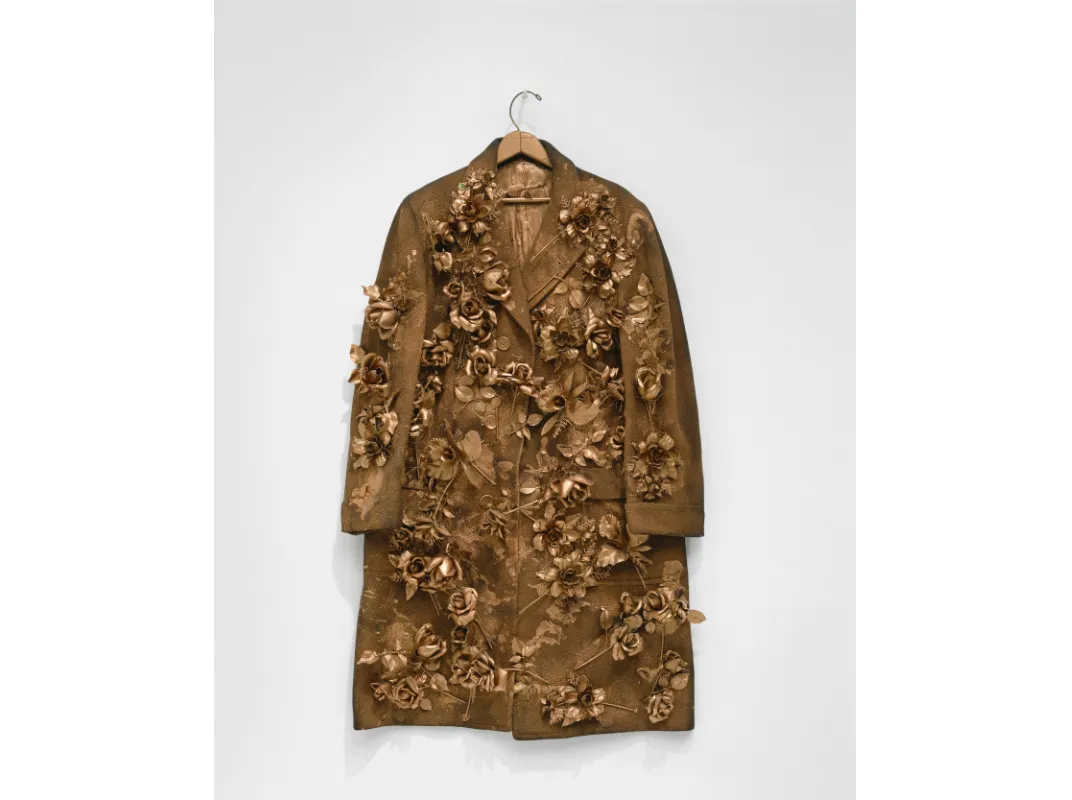
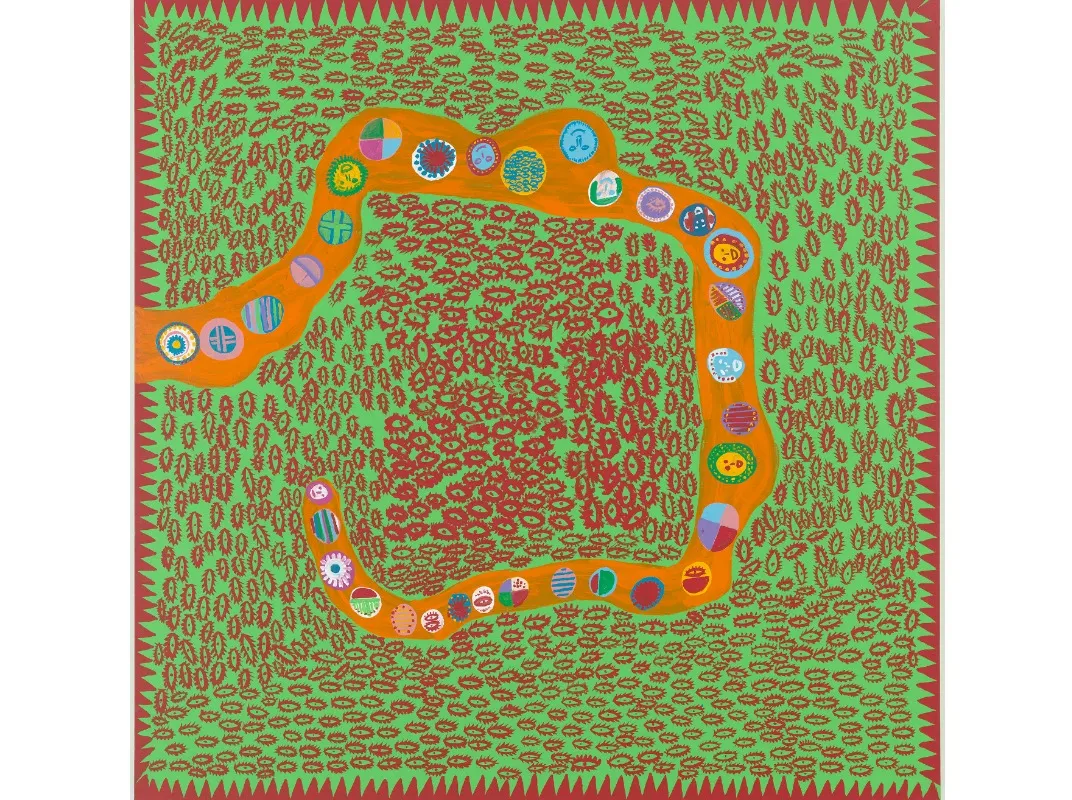

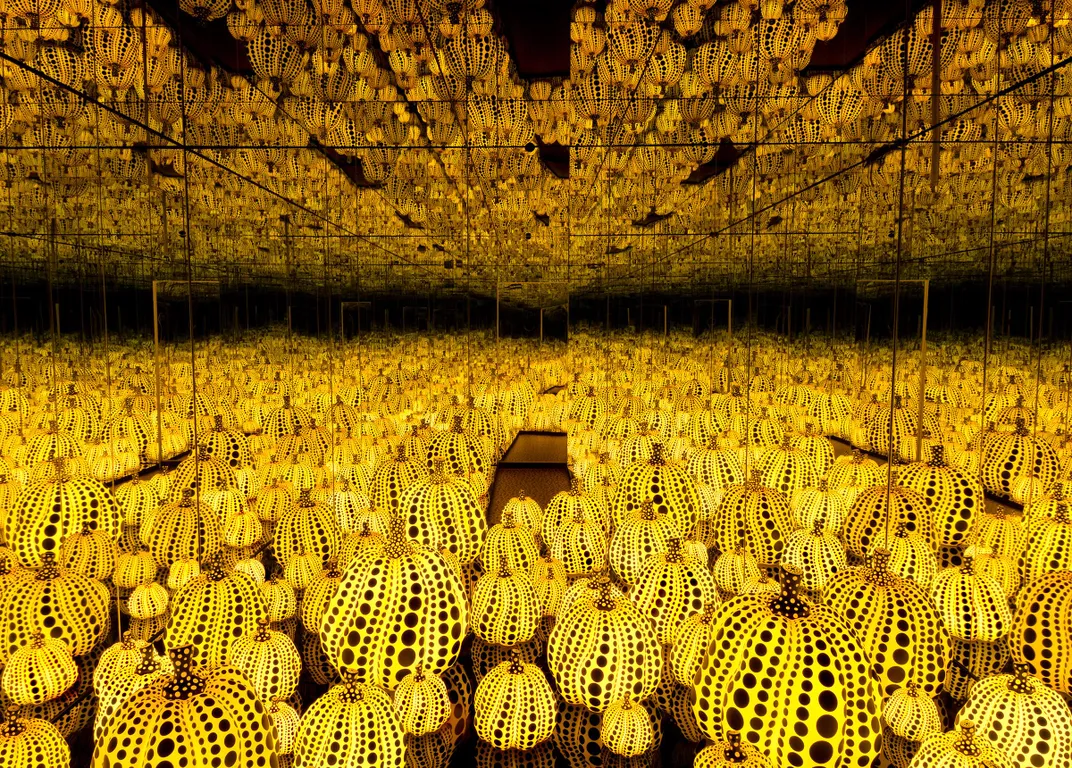
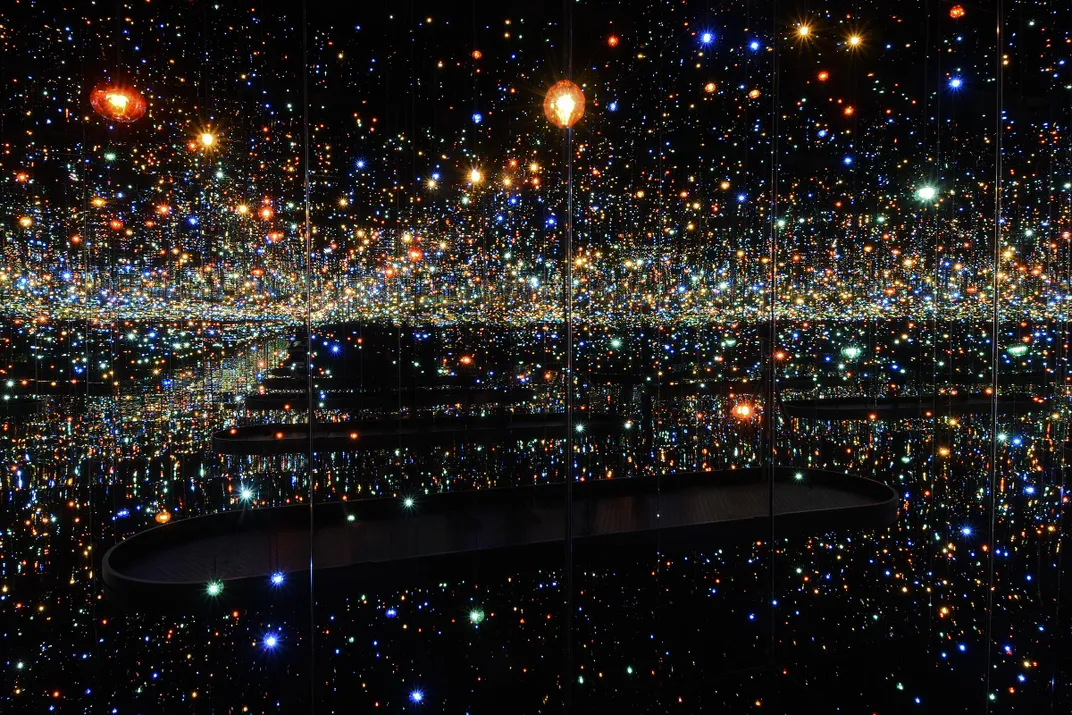
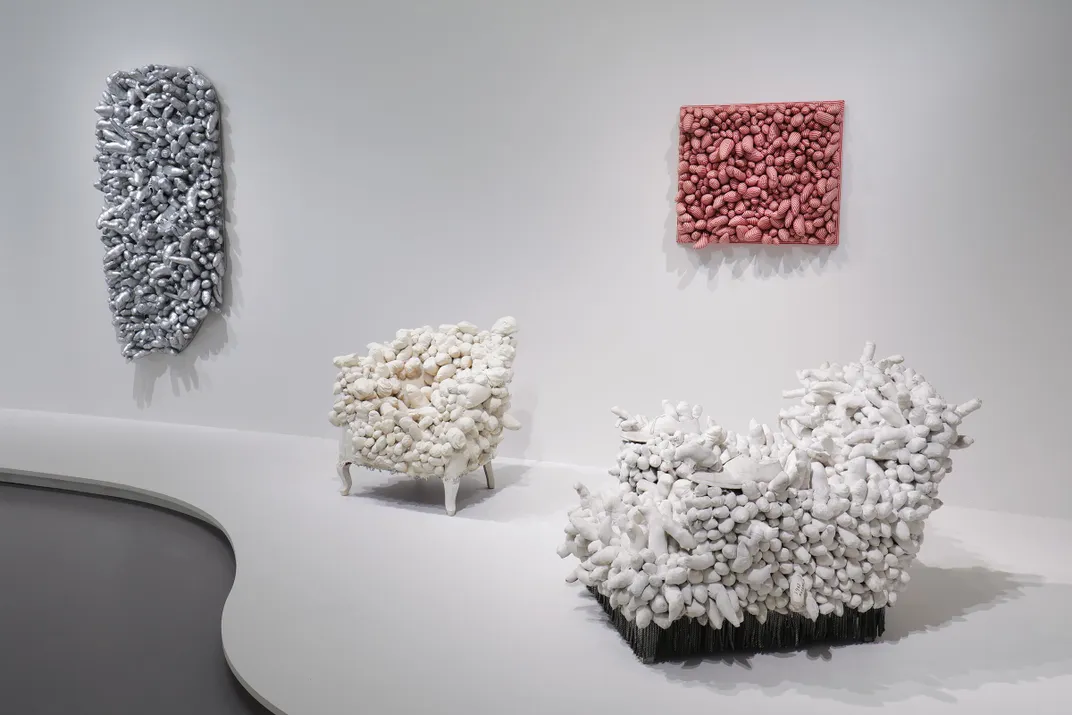
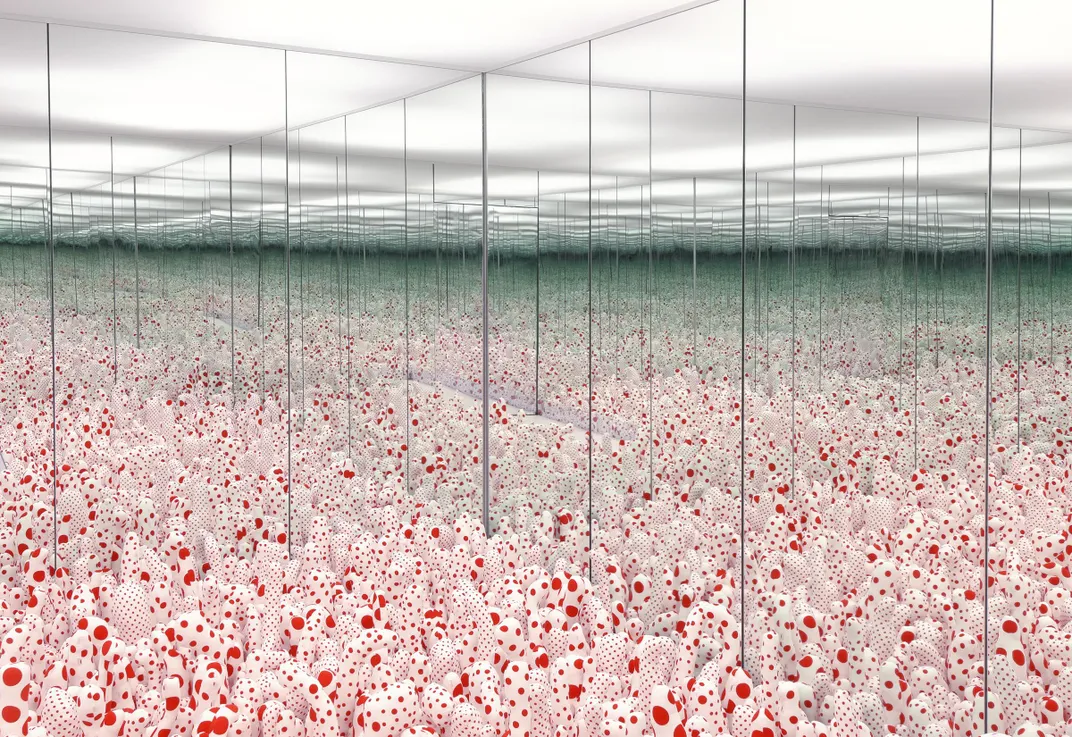

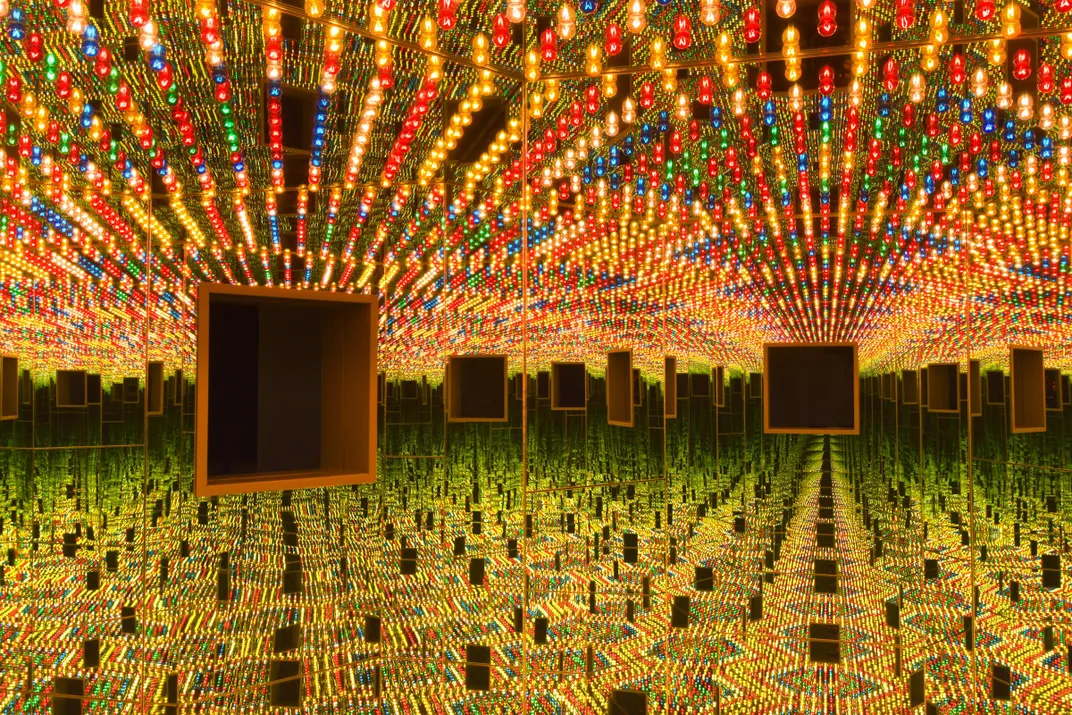

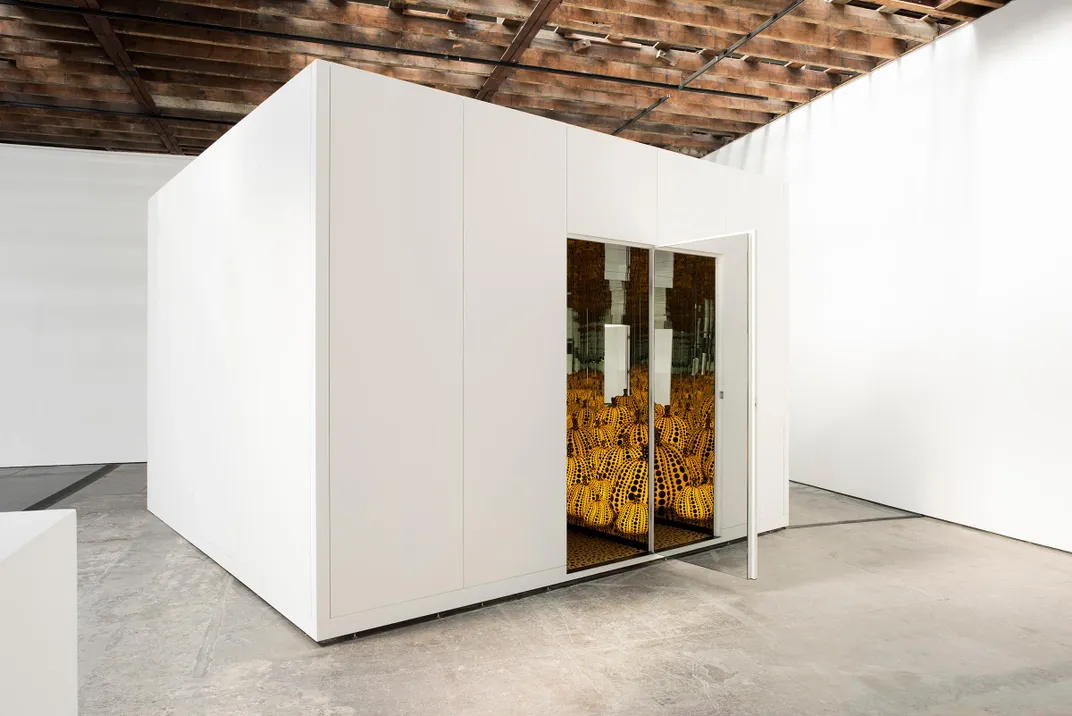
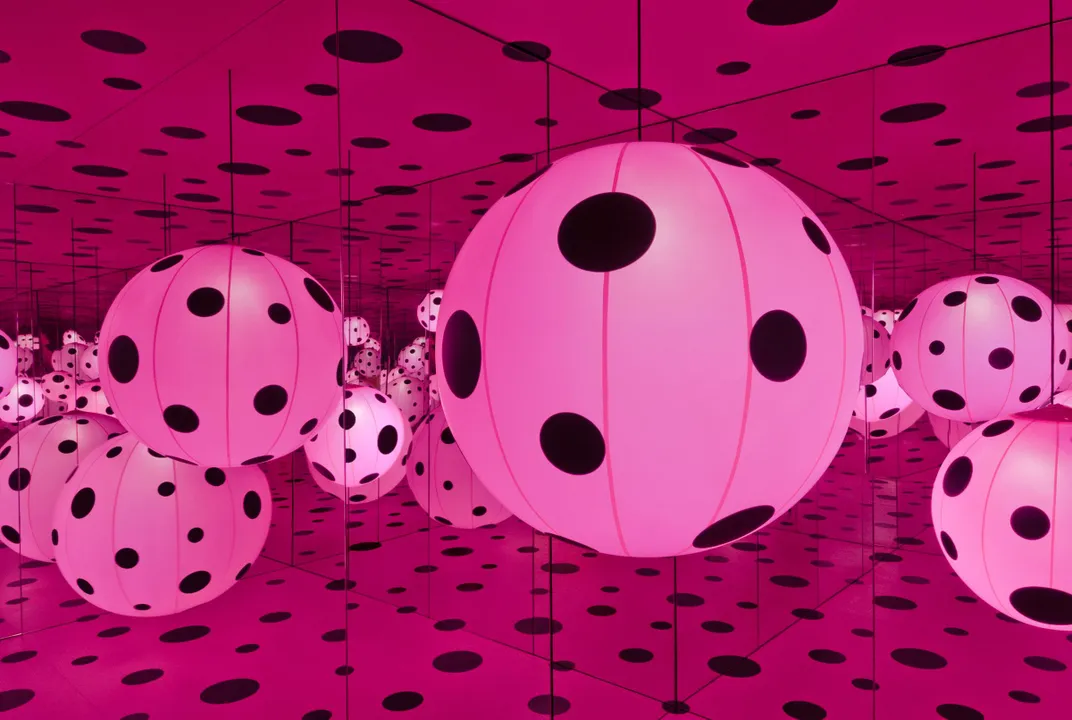



/https://tf-cmsv2-smithsonianmag-media.s3.amazonaws.com/accounts/headshot/RogerCatlin_thumbnail.png)